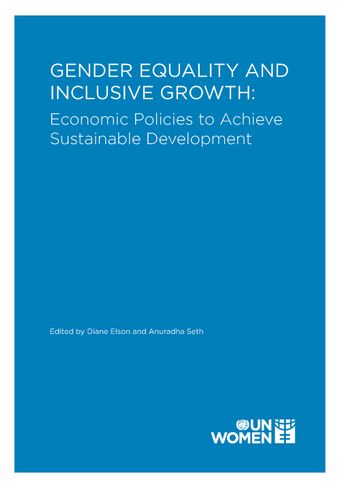Tools of macroeconomic policy: Fiscal, monetary and macroprudential approaches

- Author: Stephanie Seguino
- Main Title: Gender Equality and Inclusive Growth , pp 46-75
- Publication Date: May 2019
- DOI: https://doi.org/10.18356/8055dda1-en
- Language: English
The field of modern macroeconomics was erected on the embers of the Great Depression. In the wake of that catastrophic event, Keynesian theorists argued that governments had a major role to play in stabilizing the economy to prevent economic instability and future recessions. The adoption of Keynesianism signaled the end to classical laissez-faire policies at the national level. The primary tools Keynesians identified to promote stabilization were fiscal and monetary policies. Along with a revised role for government in managing national economies came a dual mandate for policymakers: full employment and price stability. This new field was developed based on circumstances in developed economies. It failed, however, to take into consideration conditions in developing countries. Instead, major institutions such as the World Bank applied a one-size-fits-all developed country policy approach, even though developing economies, particularly in the post-independence period, were largely focused on the challenge of structural change as a means to raise living standards. Structural conditions differed significantly, making developed country policies less relevant for developing economies.
-
From This Site
/content/books/9789210042109c005dcterms_title,dcterms_subject,pub_keyword-contentType:Journal -contentType:Contributor -contentType:Concept -contentType:Institution105



